 Quat Dong embroidery village is located in Quat Dong commune, on the left side of National Highway 1 (in the direction from Hanoi), in Thuong Tin district - Hanoi, about 20km from the center of Hanoi. Quat Dong embroidery village is located in the center of Quat Dong commune, with an area of about 50 hectares, of which the residential land area is about 17 hectares, the rest is agricultural land. This is identified as a craft village in the list of priority investment projects for developing craft villages associated with tourism of Hanoi City until 2020, with a vision to 2030.
Quat Dong embroidery village is located in Quat Dong commune, on the left side of National Highway 1 (in the direction from Hanoi), in Thuong Tin district - Hanoi, about 20km from the center of Hanoi. Quat Dong embroidery village is located in the center of Quat Dong commune, with an area of about 50 hectares, of which the residential land area is about 17 hectares, the rest is agricultural land. This is identified as a craft village in the list of priority investment projects for developing craft villages associated with tourism of Hanoi City until 2020, with a vision to 2030.  During the Nguyen Dynasty, Quat Dong commune was one of nine communes belonging to Binh Lang Phu commune, Thuong Tin town, Son Nam Thuong. Quat Dong village is a large village with a population accounting for 2/3 of the total population of the commune. Quat Dong commune has many villages and hamlets engaged in embroidery, but is considered the origin of hand embroidery, people often mention Quat Dong village. Because according to records in Ngu Xa communal house, Quat Dong and Tu Thi temple, Hanoi , the founder of Quat Dong embroidery as well as the embroidery profession in general of the three regions of the North, Central and South is Dr. Le Cong Hanh, real name is Bui Cong Khai, lived in the 17th century in Quat Dong village.
During the Nguyen Dynasty, Quat Dong commune was one of nine communes belonging to Binh Lang Phu commune, Thuong Tin town, Son Nam Thuong. Quat Dong village is a large village with a population accounting for 2/3 of the total population of the commune. Quat Dong commune has many villages and hamlets engaged in embroidery, but is considered the origin of hand embroidery, people often mention Quat Dong village. Because according to records in Ngu Xa communal house, Quat Dong and Tu Thi temple, Hanoi , the founder of Quat Dong embroidery as well as the embroidery profession in general of the three regions of the North, Central and South is Dr. Le Cong Hanh, real name is Bui Cong Khai, lived in the 17th century in Quat Dong village.  Quat Dong commune currently has 8 villages: Quat Dong (Quat Dong 1 and Quat Dong 2), Quat Lam, Quat Tinh, Duc Trach, Do Quan, Nguyen Bi, Huong Xa, Lieu Xa. In our country, during the Hung King period, the Lac Viet people knew how to "wear pullovers, buttoned on the left, and the girls wore embroidered dresses". Old history books also recorded: During the Tran Dynasty, our country's kings and mandarins used parasols and embroidered items. Thus, the embroidery profession existed in our country very early, but unfortunately it was not fully recorded.
Quat Dong commune currently has 8 villages: Quat Dong (Quat Dong 1 and Quat Dong 2), Quat Lam, Quat Tinh, Duc Trach, Do Quan, Nguyen Bi, Huong Xa, Lieu Xa. In our country, during the Hung King period, the Lac Viet people knew how to "wear pullovers, buttoned on the left, and the girls wore embroidered dresses". Old history books also recorded: During the Tran Dynasty, our country's kings and mandarins used parasols and embroidered items. Thus, the embroidery profession existed in our country very early, but unfortunately it was not fully recorded.  From 1900 to 1918, the book "Vietnamese handicrafts" by Vu Huy Phuc wrote: "In Ha Dong, the first profession is embroidery" and mentioned the origin of the profession from the Le Dynasty when Le Cong Hanh taught the people of Quat Dong area. In 1939, according to the statistics of Vietnamese craftsmen of Bulletin, the whole of Bac Ky at that time had 2,315 embroiderers concentrated in 4 large regions corresponding to the four towns around old Hanoi. Of which, a small number, more than half were Ha Dong workers concentrated in the Quat Dong area. This could be the heyday of embroidery in the whole country in general and the Quat Dong area in particular. The time when embroidery developed most vigorously (1972 - 1986) was in Thuong Tin district alone, which was the original home of embroidery, so this profession from Quat Dong, Thang Loi was expanded to almost all communes in the district: Le Loi, Dung Tien, Nguyen Trai, Chuong Duong, ...
From 1900 to 1918, the book "Vietnamese handicrafts" by Vu Huy Phuc wrote: "In Ha Dong, the first profession is embroidery" and mentioned the origin of the profession from the Le Dynasty when Le Cong Hanh taught the people of Quat Dong area. In 1939, according to the statistics of Vietnamese craftsmen of Bulletin, the whole of Bac Ky at that time had 2,315 embroiderers concentrated in 4 large regions corresponding to the four towns around old Hanoi. Of which, a small number, more than half were Ha Dong workers concentrated in the Quat Dong area. This could be the heyday of embroidery in the whole country in general and the Quat Dong area in particular. The time when embroidery developed most vigorously (1972 - 1986) was in Thuong Tin district alone, which was the original home of embroidery, so this profession from Quat Dong, Thang Loi was expanded to almost all communes in the district: Le Loi, Dung Tien, Nguyen Trai, Chuong Duong, ...  Le Cong Hanh's birth name was Tran Quoc Khai. He was born in the year of Binh Ngo (1606) in Quat Dong commune, Thuong Tin district, Ha Dong province (now Thuong Tin district, Hanoi). In the year of Binh Tuat (1646), he was sent as an envoy to the Ming Dynasty. During this mission, he accidentally learned the embroidery craft and taught it to the people of Quat Dong village, then expanded it to other provinces, including Bac Ninh and Hung Yen.
Le Cong Hanh's birth name was Tran Quoc Khai. He was born in the year of Binh Ngo (1606) in Quat Dong commune, Thuong Tin district, Ha Dong province (now Thuong Tin district, Hanoi). In the year of Binh Tuat (1646), he was sent as an envoy to the Ming Dynasty. During this mission, he accidentally learned the embroidery craft and taught it to the people of Quat Dong village, then expanded it to other provinces, including Bac Ninh and Hung Yen.  Besides, he also taught people how to make parasols. To remember his merits, after Le Cong Hanh passed away (in 1661), the local people built a temple and honored him as the founder of the embroidery profession.
Besides, he also taught people how to make parasols. To remember his merits, after Le Cong Hanh passed away (in 1661), the local people built a temple and honored him as the founder of the embroidery profession.  Some documents state that before Le Cong Hanh taught embroidery and parasol making to the people, these crafts already existed in our country. However, they developed on a small scale, with rather simple techniques, using only a few colors of thread and mainly serving the king and his mandarins.
Some documents state that before Le Cong Hanh taught embroidery and parasol making to the people, these crafts already existed in our country. However, they developed on a small scale, with rather simple techniques, using only a few colors of thread and mainly serving the king and his mandarins.  Old historical books still record that during the Tran Dynasty, our kings and mandarins used embroidery and parasols. In 1289, more than 350 years before Le Cong Hanh's diplomatic mission, the Tran King sent the Nguyen King a red silk cushion embroidered with gold thread and a silk-bordered brocade carpet (according to Tu Minh Thien's writing in the book Thien Nam Hanh Ky).
Old historical books still record that during the Tran Dynasty, our kings and mandarins used embroidery and parasols. In 1289, more than 350 years before Le Cong Hanh's diplomatic mission, the Tran King sent the Nguyen King a red silk cushion embroidered with gold thread and a silk-bordered brocade carpet (according to Tu Minh Thien's writing in the book Thien Nam Hanh Ky).Heritage Magazine


![[Photo] General Secretary To Lam attends the 18th Hanoi Party Congress, term 2025-2030](https://vphoto.vietnam.vn/thumb/1200x675/vietnam/resource/IMAGE/2025/10/16/1760581023342_cover-0367-jpg.webp)

![[Photo] Nhan Dan Newspaper launches “Fatherland in the Heart: The Concert Film”](https://vphoto.vietnam.vn/thumb/1200x675/vietnam/resource/IMAGE/2025/10/16/1760622132545_thiet-ke-chua-co-ten-36-png.webp)





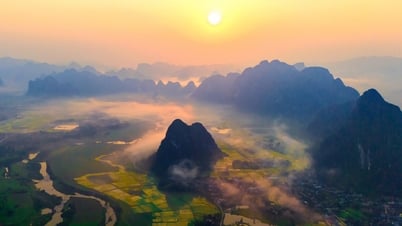












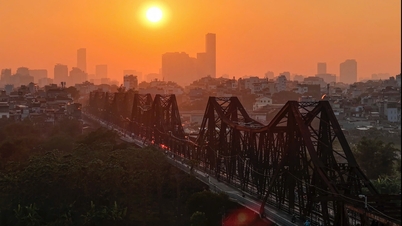
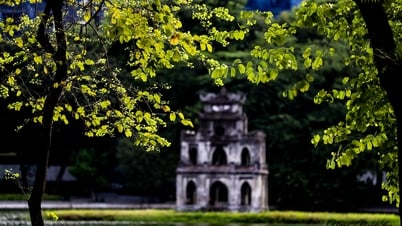

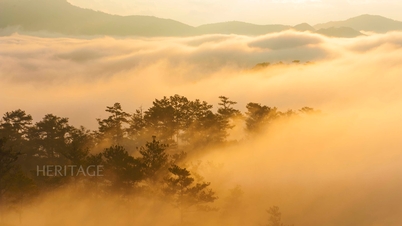
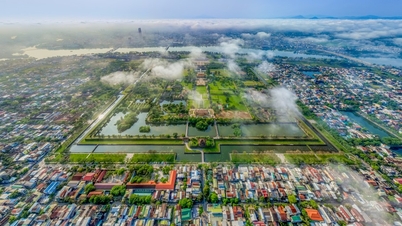







![[Video] TripAdvisor honors many famous attractions of Ninh Binh](https://vphoto.vietnam.vn/thumb/402x226/vietnam/resource/IMAGE/2025/10/16/1760574721908_vinh-danh-ninh-binh-7368-jpg.webp)















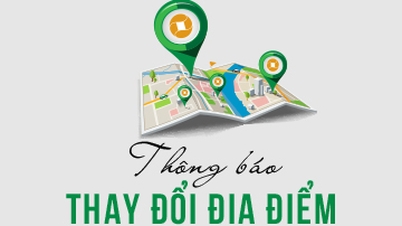


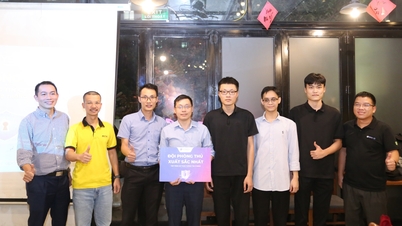





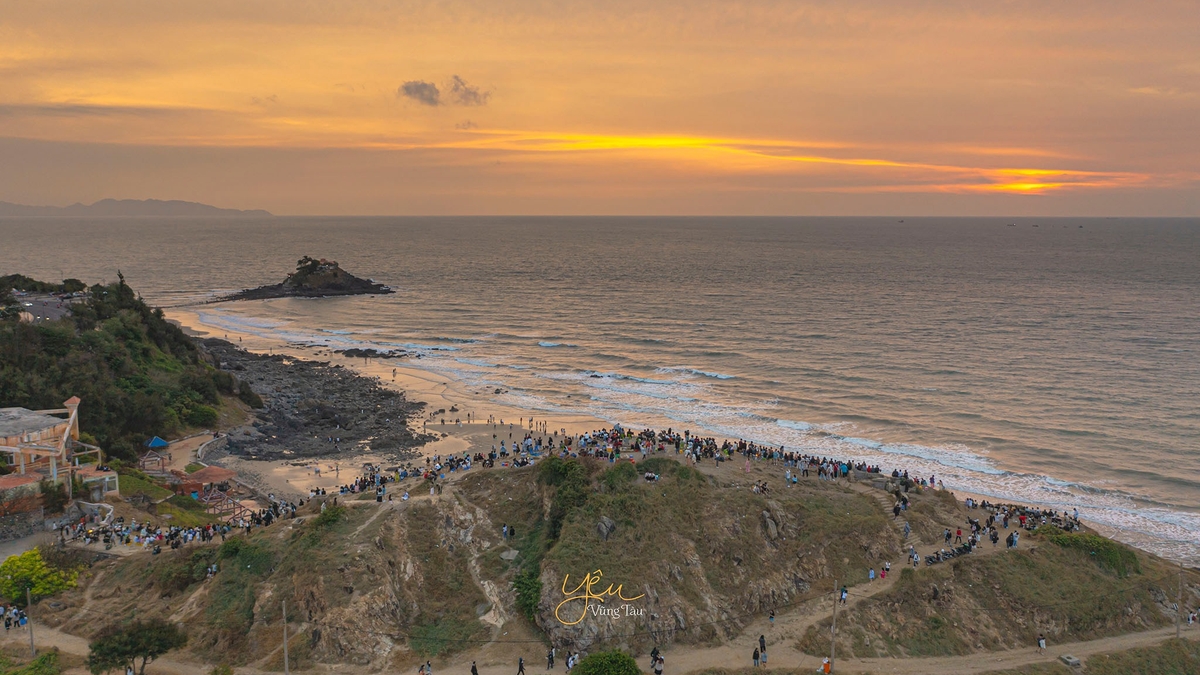
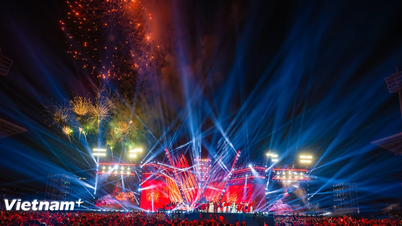


![[Photo] Nhan Dan Newspaper launches “Fatherland in the Heart: The Concert Film”](https://vphoto.vietnam.vn/thumb/402x226/vietnam/resource/IMAGE/2025/10/16/1760622132545_thiet-ke-chua-co-ten-36-png.webp)

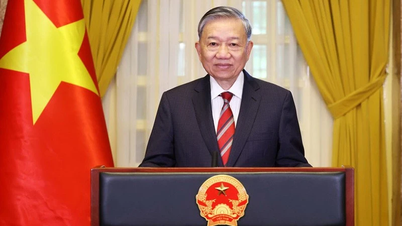





































Comment (0)